Lecturer From Agricultural Technology Udayana University Take Advantage of Pandan Fruit as Natural Dyes
Lecturer from Faculty Of Agricultural Technology, Udayana University (FTP Unud) Mrs. Dr. Ir. Ni Made Wartini, M.P. innovate by utilizing pandan fruit into natural dyes. Starting from research on the extraction of pandanus fruit, it turns out that pandan fruit can be used as a natural dye. Pandan fruit has a pale yellow to orange or red color, is sticky with a sweet and sour taste, widely spread along the coast throughout Indonesia, including in Bali.
Mrs. Dr. Ir. Ni Made Wartini, M.P. explained that pandanus has great potential, but not many people use pandan fruit compared to its leaves, more people use pandan leaves than the fruit. According to Mrs. Wartini, pandan fruit also contains bioactive compounds that function as antioxidants and have the potential to be natural dyes and sources of vitamin A because they contain carotenoids.
In addition, Mrs. Dr. Ir. Ni Made Wartini, M.P. also explained that the process of making natural dyes from pandan fruit is quite simple. The process of making pandan fruit coloring starts from the drying process and the manufacture of pandan fruit powder, the extraction process to obtain a semi-solid dye (paste) and continues with the encapsulation process to obtain a solid dye in the form of a powder from the pandan fruit.
Mrs. Dr. Ir. Ni Made Wartini, M.P. as an academician of Industrial Agricultural Technology Study Program, FTP Unud, also added that this pandan fruit dye can be used as a natural yellow dye and it is hoped that this technology for making natural dyes can educate the public so that people can change their habits of using synthetic dyes and get used to using natural dyes for example in the process of making cake products or processed food.
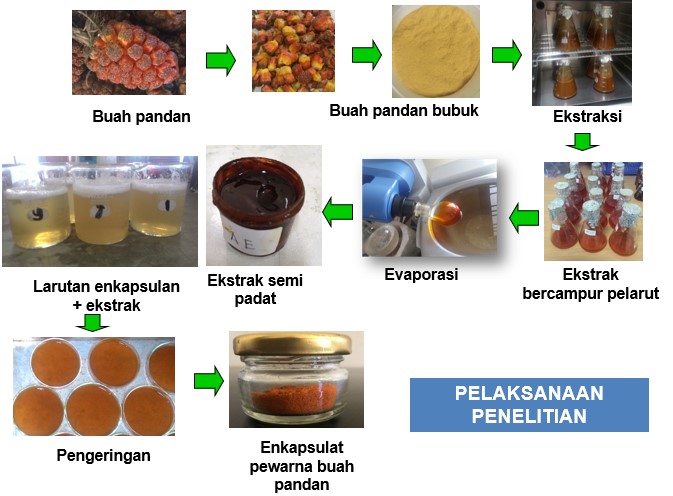
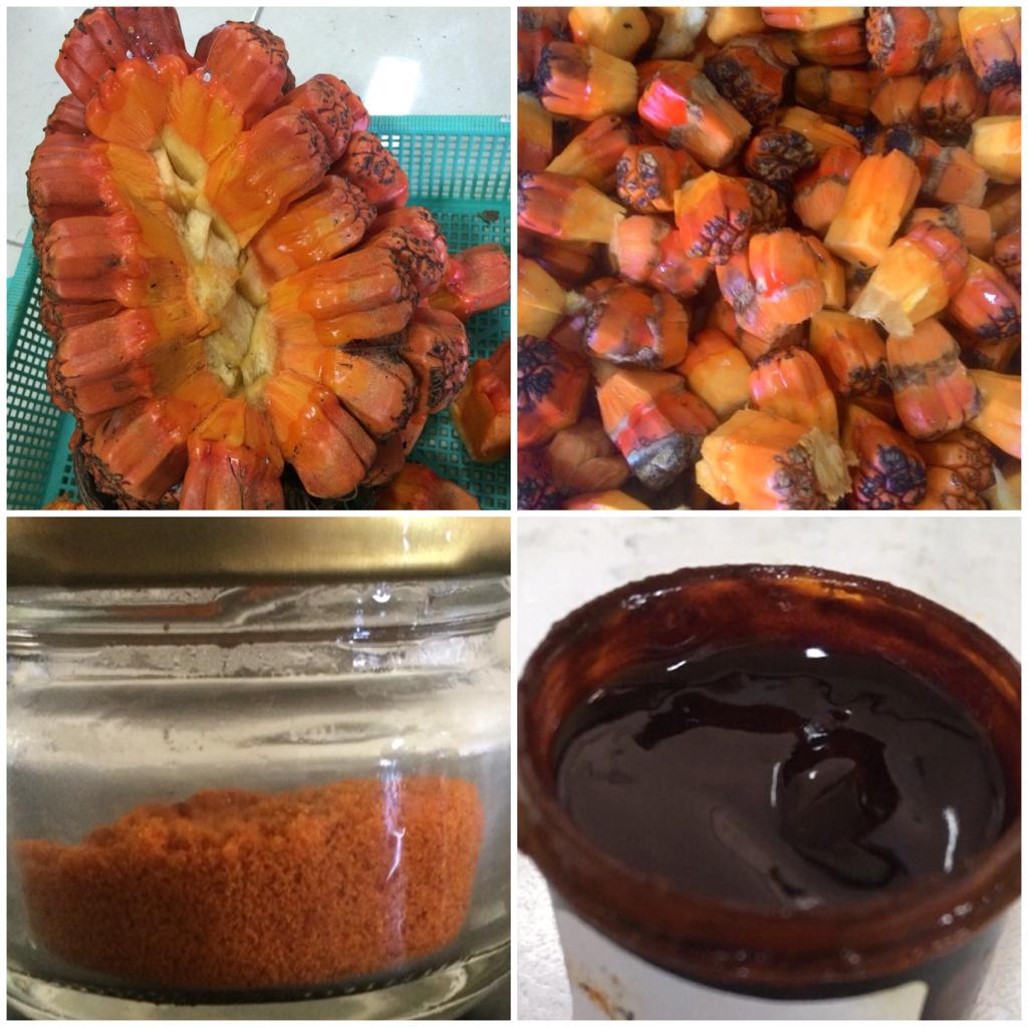
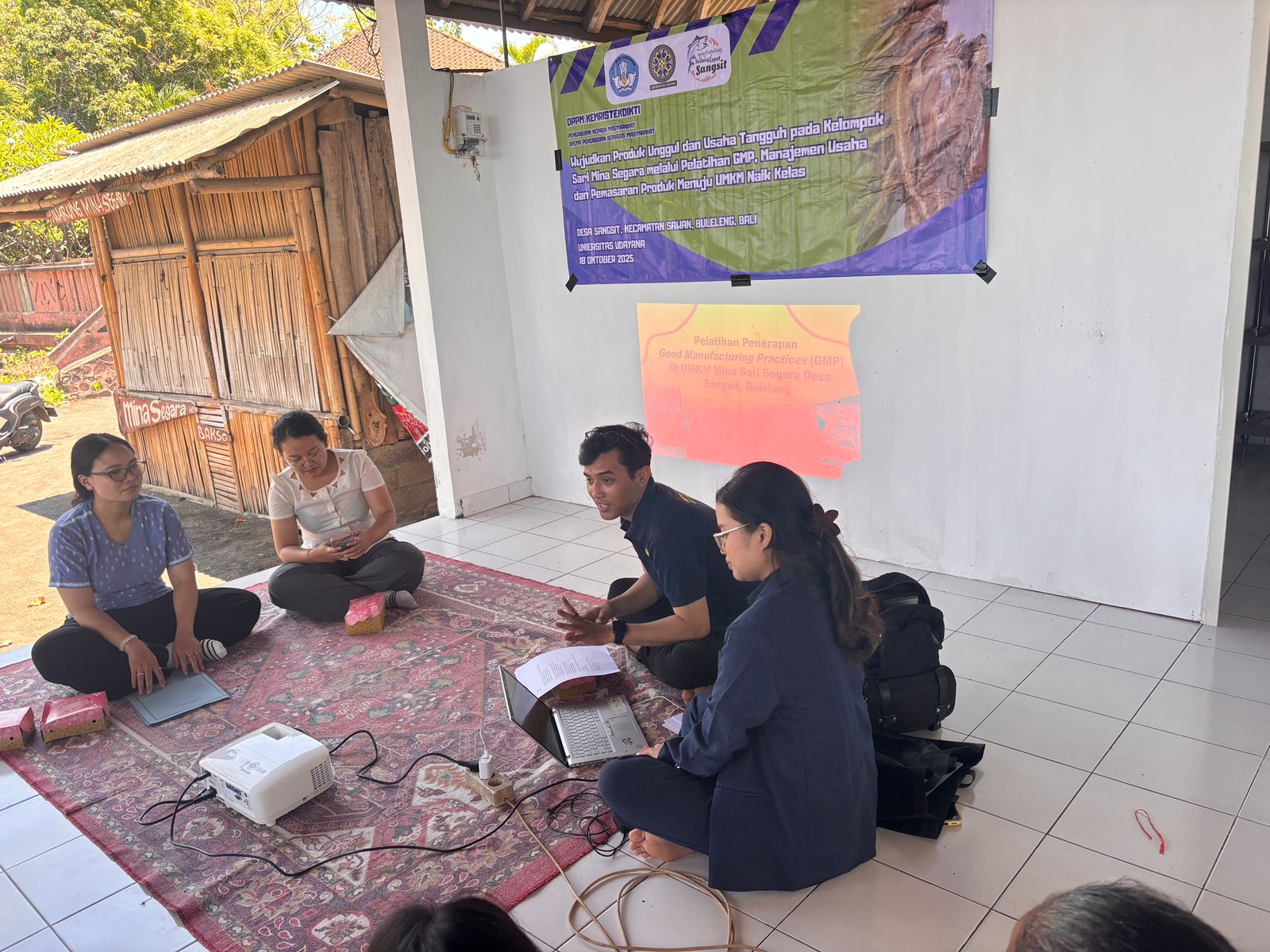
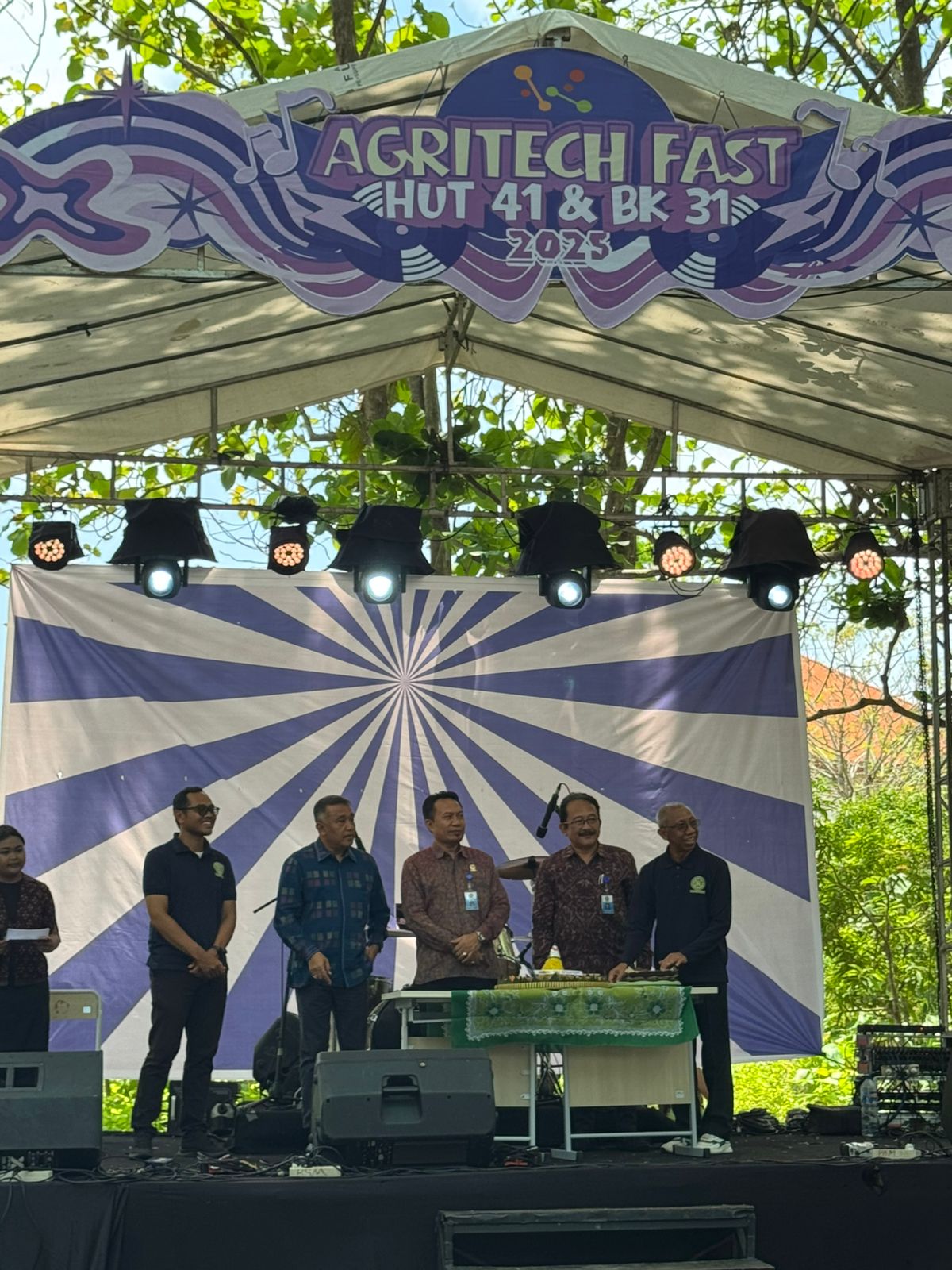
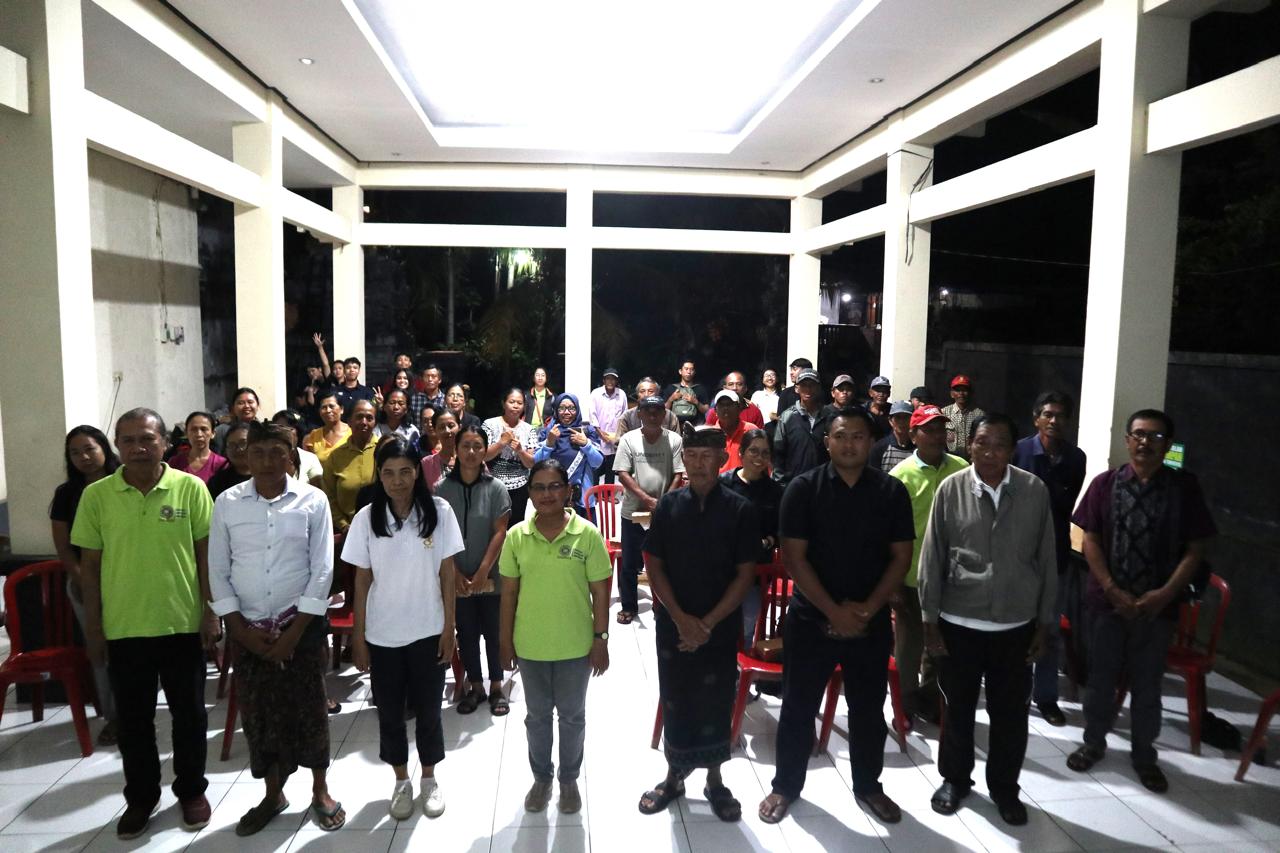
UDAYANA UNIVERSITY